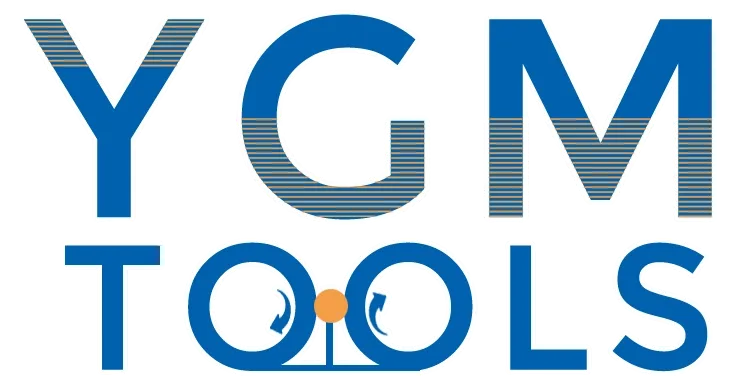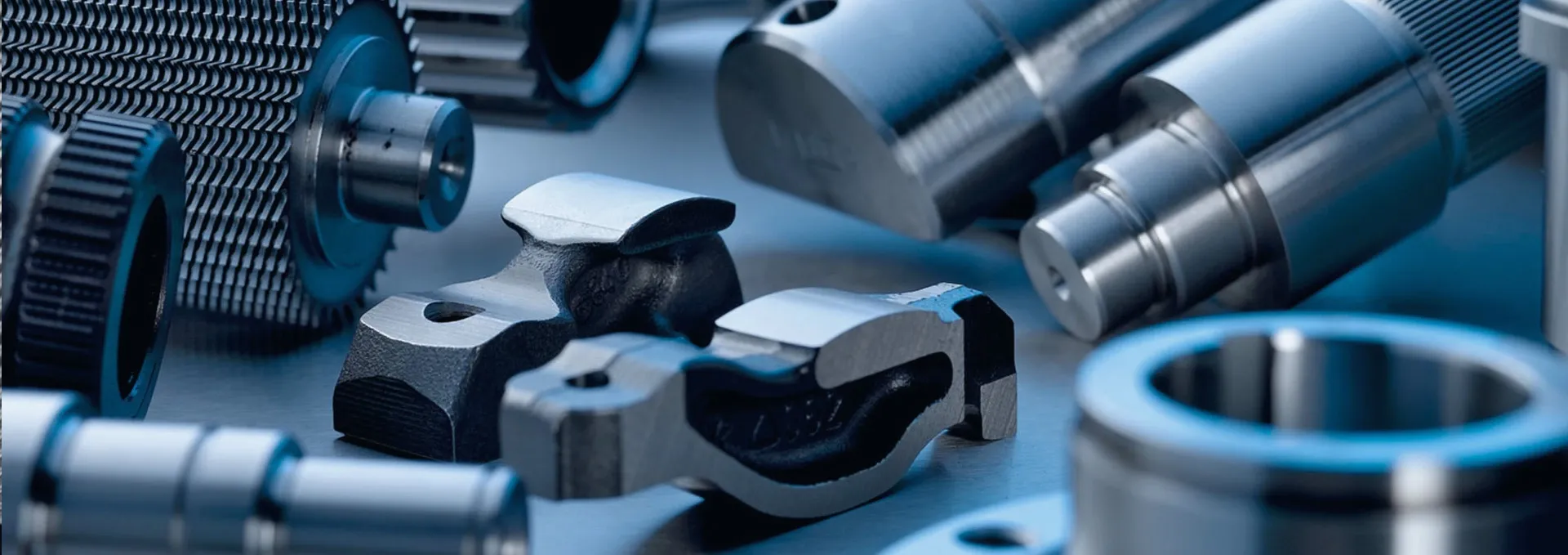
-
 Afrikaans
Afrikaans -
 Albanian
Albanian -
 Amharic
Amharic -
 Arabic
Arabic -
 Armenian
Armenian -
 Azerbaijani
Azerbaijani -
 Basque
Basque -
 Belarusian
Belarusian -
 Bengali
Bengali -
 Bosnian
Bosnian -
 Bulgarian
Bulgarian -
 Catalan
Catalan -
 Cebuano
Cebuano -
 Corsican
Corsican -
 Croatian
Croatian -
 Czech
Czech -
 Danish
Danish -
 Dutch
Dutch -
 English
English -
 Esperanto
Esperanto -
 Estonian
Estonian -
 Finnish
Finnish -
 French
French -
 Frisian
Frisian -
 Galician
Galician -
 Georgian
Georgian -
 German
German -
 Greek
Greek -
 Gujarati
Gujarati -
 Haitian Creole
Haitian Creole -
 hausa
hausa -
 hawaiian
hawaiian -
 Hebrew
Hebrew -
 Hindi
Hindi -
 Miao
Miao -
 Hungarian
Hungarian -
 Icelandic
Icelandic -
 igbo
igbo -
 Indonesian
Indonesian -
 irish
irish -
 Italian
Italian -
 Japanese
Japanese -
 Javanese
Javanese -
 Kannada
Kannada -
 kazakh
kazakh -
 Khmer
Khmer -
 Rwandese
Rwandese -
 Korean
Korean -
 Kurdish
Kurdish -
 Kyrgyz
Kyrgyz -
 Lao
Lao -
 Latin
Latin -
 Latvian
Latvian -
 Lithuanian
Lithuanian -
 Luxembourgish
Luxembourgish -
 Macedonian
Macedonian -
 Malgashi
Malgashi -
 Malay
Malay -
 Malayalam
Malayalam -
 Maltese
Maltese -
 Maori
Maori -
 Marathi
Marathi -
 Mongolian
Mongolian -
 Myanmar
Myanmar -
 Nepali
Nepali -
 Norwegian
Norwegian -
 Norwegian
Norwegian -
 Occitan
Occitan -
 Pashto
Pashto -
 Persian
Persian -
 Polish
Polish -
 Portuguese
Portuguese -
 Punjabi
Punjabi -
 Romanian
Romanian -
 Russian
Russian -
 Samoan
Samoan -
 Scottish Gaelic
Scottish Gaelic -
 Serbian
Serbian -
 Sesotho
Sesotho -
 Shona
Shona -
 Sindhi
Sindhi -
 Sinhala
Sinhala -
 Slovak
Slovak -
 Slovenian
Slovenian -
 Somali
Somali -
 Spanish
Spanish -
 Sundanese
Sundanese -
 Swahili
Swahili -
 Swedish
Swedish -
 Tagalog
Tagalog -
 Tajik
Tajik -
 Tamil
Tamil -
 Tatar
Tatar -
 Telugu
Telugu -
 Thai
Thai -
 Turkish
Turkish -
 Turkmen
Turkmen -
 Ukrainian
Ukrainian -
 Urdu
Urdu -
 Uighur
Uighur -
 Uzbek
Uzbek -
 Vietnamese
Vietnamese -
 Welsh
Welsh -
 Bantu
Bantu -
 Yiddish
Yiddish -
 Yoruba
Yoruba -
 Zulu
Zulu
custom thread rolling machine setup
Custom Thread Rolling Machine Setup
In today's manufacturing landscape, precision and efficiency are paramount. One of the key processes that ensure the production of high-quality threaded components is thread rolling. Custom thread rolling machines are specifically designed to meet unique production requirements, offering flexibility and improved performance.
Setting up a custom thread rolling machine requires a thorough understanding of both the machine and the materials to be processed. Initially, operators must assess the specifications of the threads needed, such as diameter, pitch, and material type. This evaluation allows for the selection of the right rolling dies, which are critical for creating accurate threads.
Once the specifications are determined, the setup process begins. The first step involves installing the appropriate rolling dies onto the machine. Die selection is crucial as it directly affects the quality of the threads produced. Custom dies can be manufactured to accommodate specific thread profiles, ensuring that the output meets the precise requirements of the project.
Next, operators need to calibrate the machine settings. This includes adjusting the speed and pressure of the rolling process. The pressure must be set high enough to deform the material without exceeding its yield strength, which could lead to defects such as cracking or warping. An understanding of the material's properties is essential at this stage, as different materials require different rolling conditions.
custom thread rolling machine setup

Once the machine is calibrated, it's essential to conduct test runs. These initial runs allow operators to verify the accuracy of the threads and make any necessary adjustments. During this phase, attention to detail is critical. Operators should measure the thread dimensions and inspect the surface finish. Any deviations can be addressed promptly to avoid larger issues during full-scale production.
After verifying the test runs, the machine is ready for full production. However, ongoing monitoring is necessary to maintain quality standards. Operators should continuously check for any changes in machine performance or material behavior, as these can impact the final product. Regular maintenance of the machine is also crucial to ensure its longevity and reliability.
Furthermore, implementing a quality control system can enhance the setup process. This could involve automated measurement systems that provide real-time feedback on the threads produced. Such technologies help in quickly identifying any discrepancies, thereby minimizing waste and enhancing productivity.
In conclusion, setting up a custom thread rolling machine involves careful planning and execution. From selecting the right rolling dies to calibrating machine settings and conducting test runs, each step plays a vital role in producing high-quality threaded components. As industries continue to demand precision and efficiency, mastering the setup of custom thread rolling machines will remain an essential skill in the manufacturing sector. Through ongoing innovation and adherence to best practices, manufacturers can ensure they meet the ever-evolving needs of their clients.
